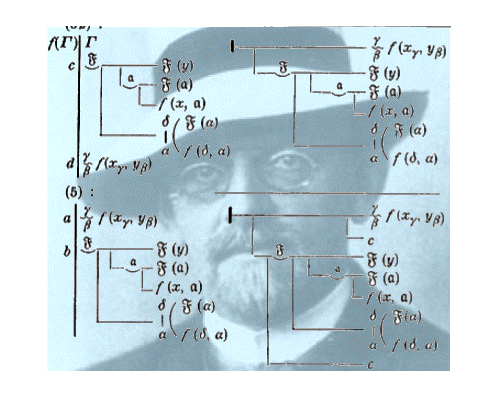
Sentential logic is concerned with the logical relationships between formulae that are built up from atomic ones and logical connectives. This important part of logic does not concern itself with anything that goes on inside its atomic formulae—which we usually interpret as corresponding to English sentences (hence the name sentential logic).
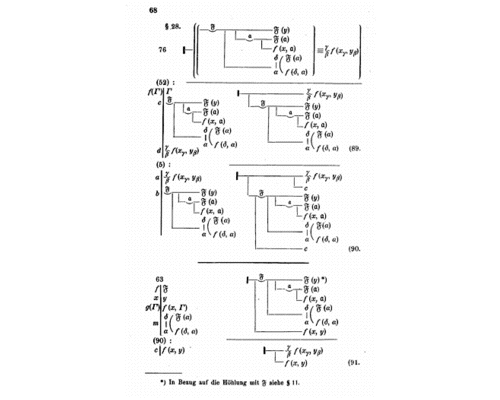
We begin now to consider the distinctively modern part of logic; its evolution was strongly influenced by Frege, Russell, and Hilbert. Here is a page of Frege’Äôs pioneering booklet Begriffsschrift from 1879.
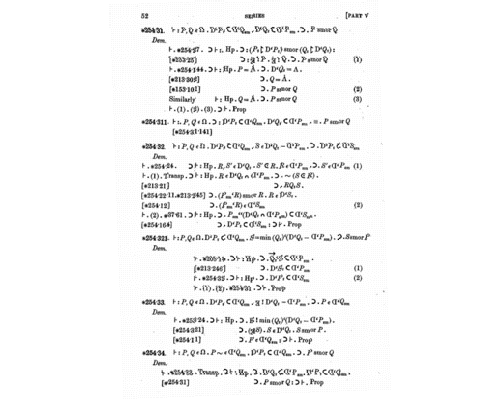
This a page from the groundbreaking three-volume work Principia Mathematica, which Russell wrote with Whitehead at the beginning of the 20th century.
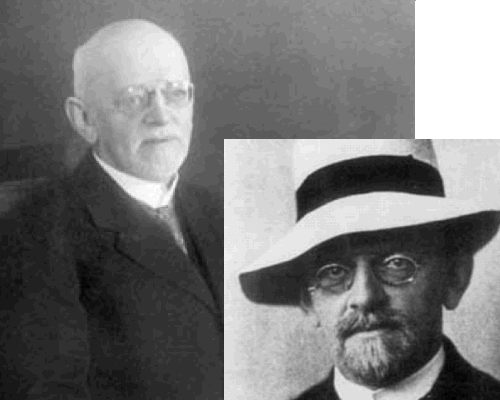
Finally, here we see Hilbert during those important early days of modern logic.
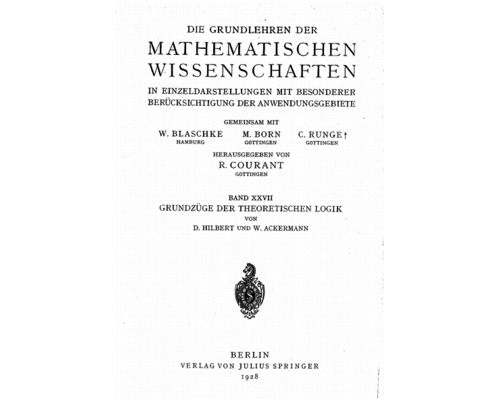
In predicate logic, we not only consider the logical relationships between formulae, but we also look inside their atomic components. Given this change in perspective, we need to add new concepts to our syntactic and semantic stores. These concepts were first exposed with the greatest clarity in a book Hilbert co-authored with his student Ackermann; published in 1928. Here we see the title page of that important work.
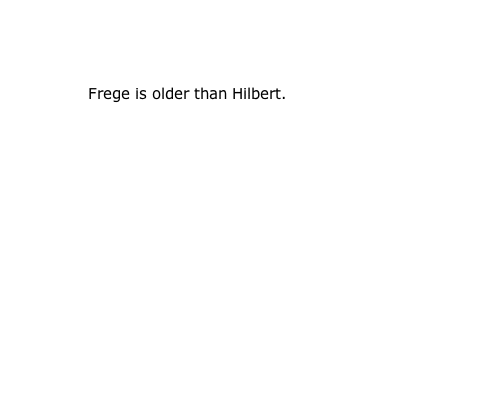
The expansion of the syntactic and semantic stores proceeds in two steps. In this module we look at the internal structure of atomic formulae. As an example, the sentence "Frege is older than Hilbert"...
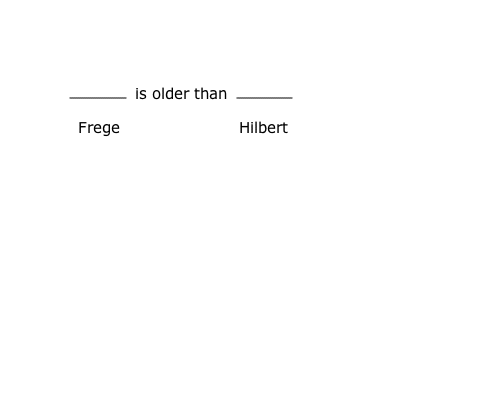
...can be seen as being built up from the predicate "...is older than..." and the two names or singular terms, Frege and Hilbert.
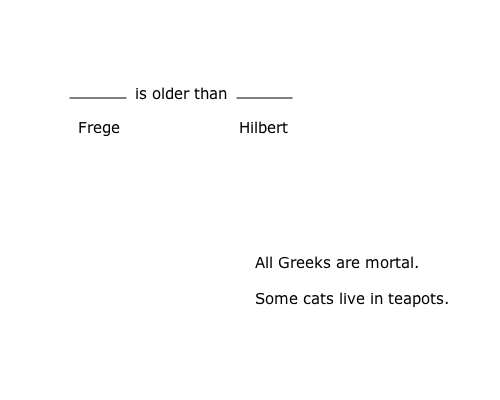
In the next module we'll go a step further an introduce a new category of syntactic expression called quantifiers, allowing us to represent phrases like "All" and "Some".
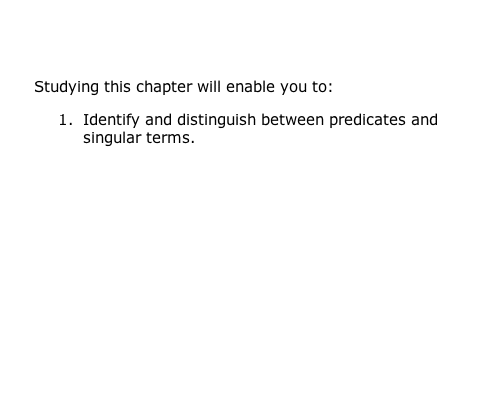
Let's summarize and formulate the learning objectives for this module. You will first learn to formulate the distinctive features of predicate logic. More specifically, you will see how to distinguish between predicates and singular terms...
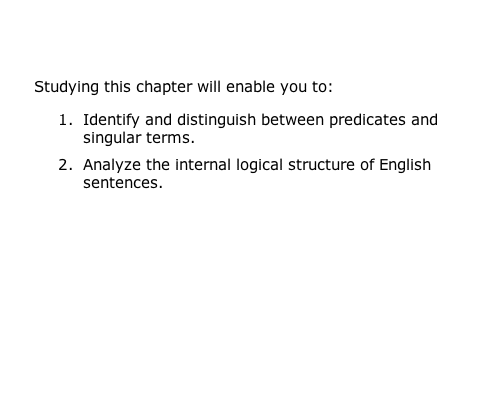
...and to use that distinction to analyze the internal logical structure of English sentences.
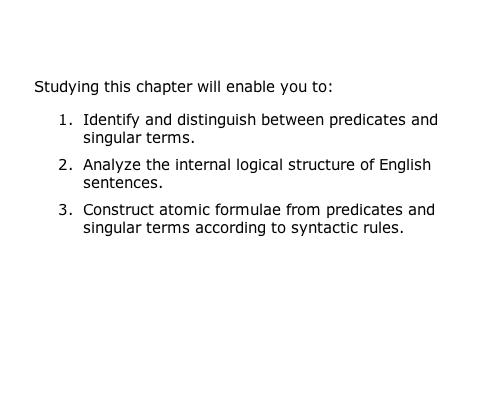
Then you'll expand the syntactic and semantic stores by learning how to construct atomic formulae with our new types of expressions, predicates and singular terms...
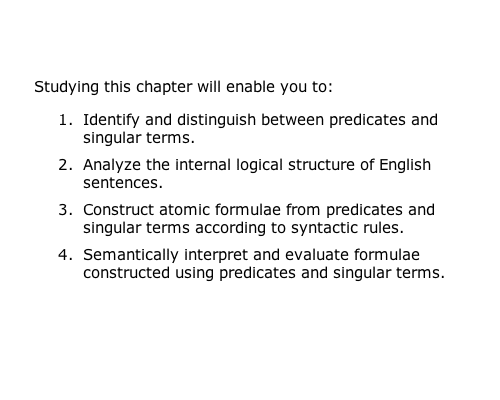
...and, of course, you will learn to interpret and analyze such formulae semantically. Let's find out what the internal parts of logical atoms are!











